
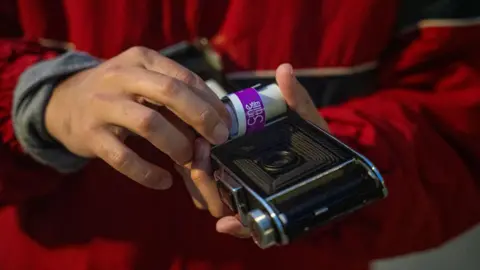 Fritz Benno
Fritz Benno“It all started as a little passion project,” says Fabricio Diaz, 28, who with his wife Lucia Ramírez, 25, runs the only fully-functional photographic film development laboratory in Central America from their apartment in Guatemala City.
“We now have more than 60 customers a month and have developed more than 800 rolls this year alone,” he adds.
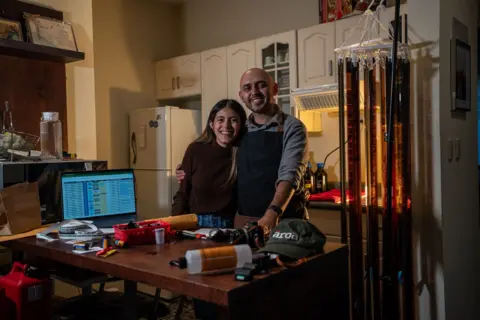 Fritz Benno
Fritz BennoArca Film Lab has been in high demand this year and is the only photographic film development laboratory in Central America that develops all types of analog photographic film, which involves the somewhat complex process of developing positives in a process known as E-6.
Fabricio, who studied cinematography, explains that the lack of access to high-quality film development services in Central America gave him the first crucial push to learn how to develop his first film.
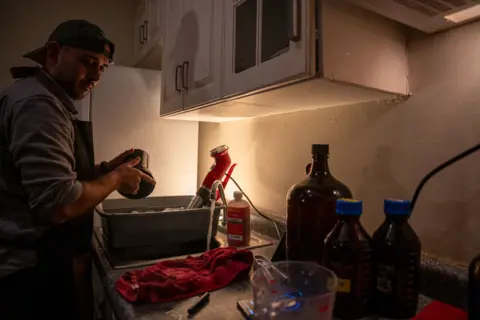 Fritz Benno
Fritz Benno“When we started experimenting and developing films in our apartment, our friends started asking us to develop films for them, and somehow it worked out,” Lucia recalls.
Thus, Arca Film Lab was born in September 2023 as a simple Instagram page offering film development services in Guatemala.
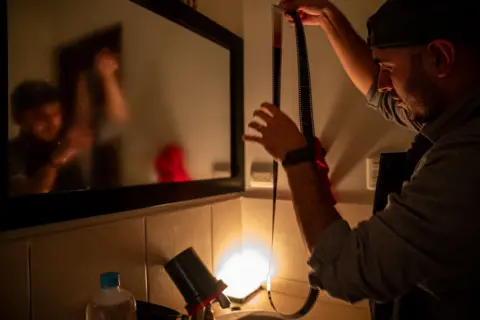 Fritz Benno
Fritz BennoThe couple taught themselves most of the skills needed to develop films by watching YouTube videos and by networking with other film labs internationally and asking for advice.
“We were surprised by so many people responding to our questions,” says Fabricio. “A lot of image development veterans helped us by sharing their experiences and tricks. We are really grateful for that.”
But Fabricio and Lucia's love for photography is not limited to developing films. The couple also organizes “photo walks” in which groups of people gather in Antigua, the old center of Guatemala City, to take photos and try out old analogue cameras.
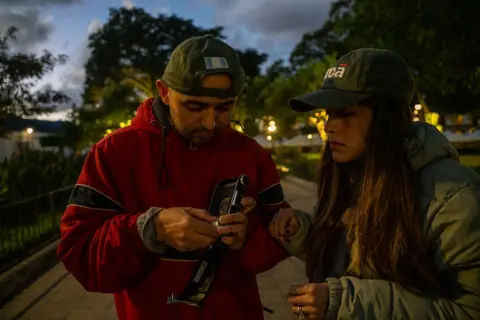 Fritz Benno
Fritz BennoFor young analogue photography enthusiasts like Ivan Ortiz, 22, taking photos with an older camera gives him something modern cameras can't compete with.
“It's like nostalgia for a generation we were never part of,” he told the BBC.
Evan says seniors don't always feel the latest buzz about old cameras and film. “They don't understand our point of view,” he explains.
“We live in a world where everything is digital and fast. With analogue photography, I have to make conscious decisions about my images and just focus on the photographic process. The best part is that you have something physical afterwards,” he adds, “not just a data file.” last”.
Having physical images is something that Steven Lopez from the US highlights as an advantage of analogue photography.
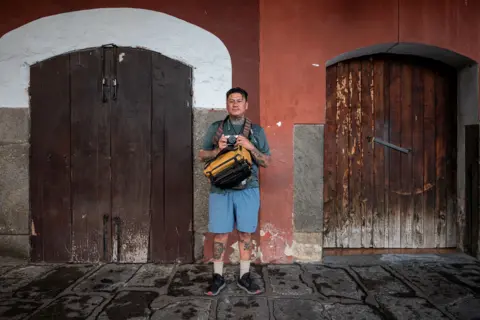 Fritz Benno
Fritz BennoThe 33-year-old travels across Central America documenting the last traces of Mayan culture and always carries a 35mm analogue camera with him.
He told the BBC: “Photography, especially analogue photography, is the best way to document and experience cultures. Every time I come back from traveling and get back the developed film, it's like Christmas!”
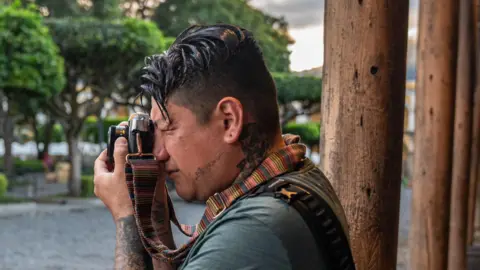 Fritz Benno
Fritz BennoThe community of analog photography enthusiasts in Central America may be growing rapidly, but the challenges are greater than elsewhere.
“It's really hard to get analogue cameras here, and it's even harder to keep them in good condition,” explains Ronald Ottoniel, 26, who went on a photo drive to buy new rolls of film and deliver others. sophisticated.
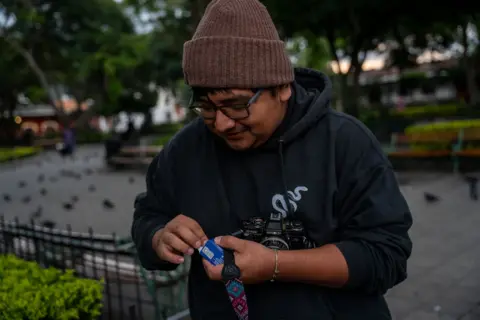 Fritz Benno
Fritz BennoThere are other obstacles as well.
Fabricio and Lucia explain that the process of purchasing and importing the chemicals needed to develop a positive film was very complicated because the import of these chemicals is closely controlled by the state and requires special permits, which made it a very long ordeal.
“Not many other labs offer E-6 processing simply because importing the chemicals is too complicated,” Fabricio says.
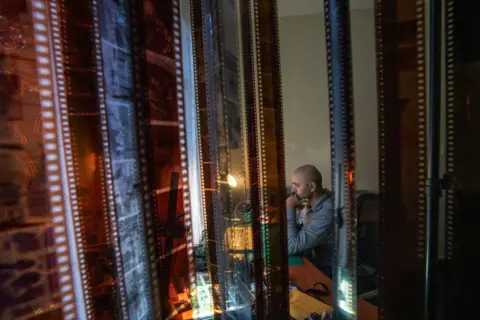 Fritz Benno
Fritz BennoTheir business may be expanding, but Fabricio and Lucia are determined to make sure they don't lose the personal touch and passion that inspired them in the first place.
Lucia explains how customers sometimes “put a little sweet in the parcels they send us, and sometimes we send them a handwritten letter.”
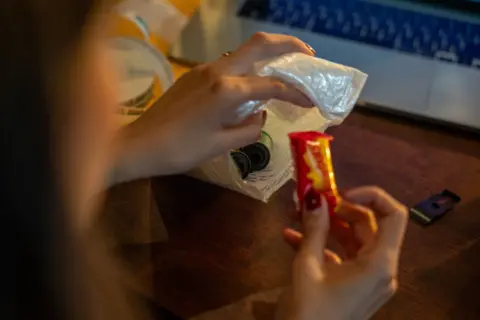 Fritz Benno
Fritz Benno“It is important for us that this is not a mass production company, but that each customer is (treated) as an individual,” she adds.
All over the world, photo labs use large machines that develop film almost completely automatically, but in Fabricio and Lucia's modest apartment, the process is largely “hands-on.”
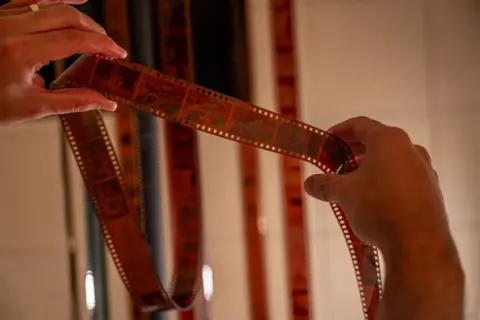 Fritz Benno
Fritz BennoFor color and positive (E-6) film, the chemical temperature and exposure time of the film must be accurate, otherwise the entire roll of film will be bad.
“It was definitely not an easy start with this whole process, but after developing over 800 rolls of film, these processes have become second nature to us,” Fabricio recalls.
“But the first time we developed positive films, the E-6 process, we were very nervous because we had invested so much in chemicals and rolls. But when it came out it worked well and we were able to see these vibrant colors from the positive film,” he adds. “Very exciting.”
Another indispensable member of the Arca Film Lab is Toto, the four-month-old cat, who, according to Fabricio and Lucia, is responsible for quality control and walks through the entire development process.
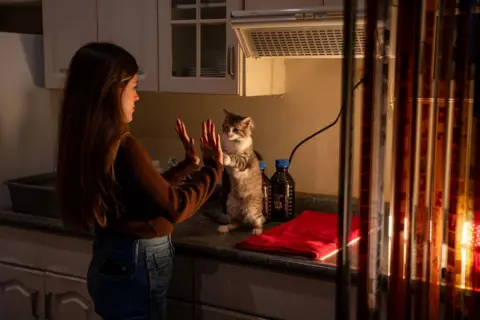 Fritz Benno
Fritz BennoThe developed film rolls are then transferred from the kitchen to the bathroom, which is the most dust-free place in the house.
There they are dried, and later scanned using a high-resolution Nikon scanner, which Fabricio says is the highest-resolution film scanner in Central America.
Fabricio and Lucia have now also expanded to El Salvador, where they regularly collect and sell film rolls.
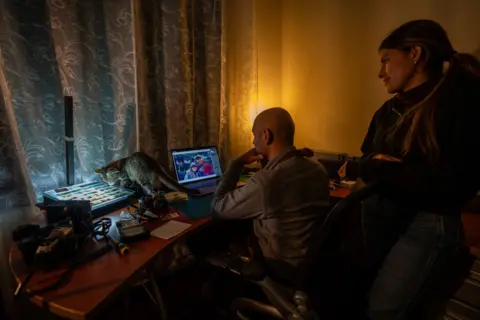 Fritz Benno
Fritz BennoStill ambitious, the young couple says they hope in the future to establish a strong relationship with CineStill and Eastman Kodak and expand into developing rolls of motion picture film, which may involve a complex process known as ECN-2.
“It is my dream to revitalize the classical cinematography scene here in Central America! We have a lot of talented experience and enthusiasm to offer the world. (…) With Arca Film Lab, we have started a movement that we want to push further and further,” says Fabricio .
All images by Fritz Benno and subject to copyright.









